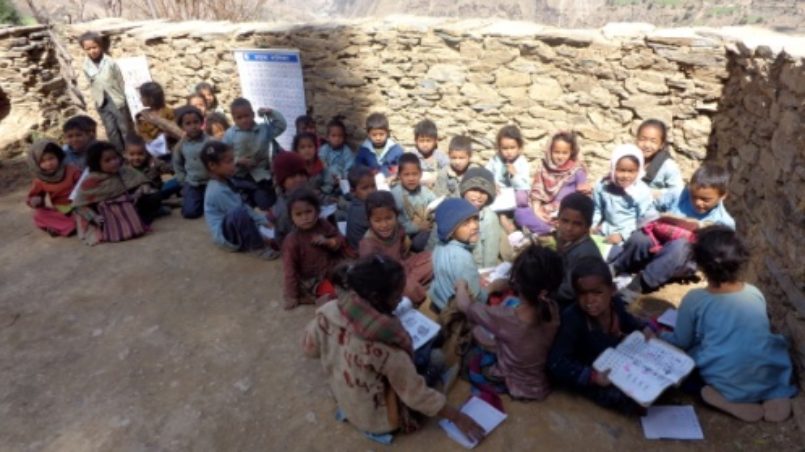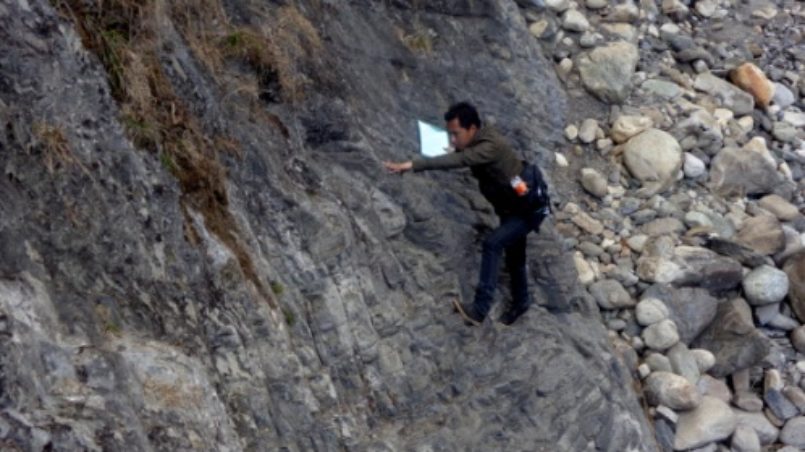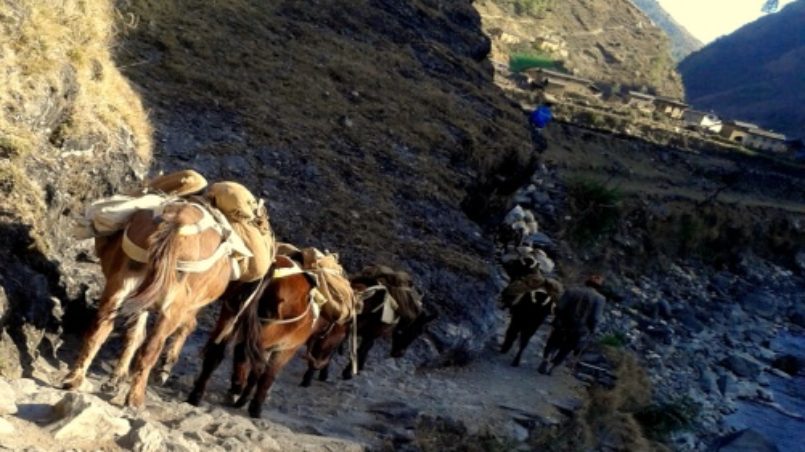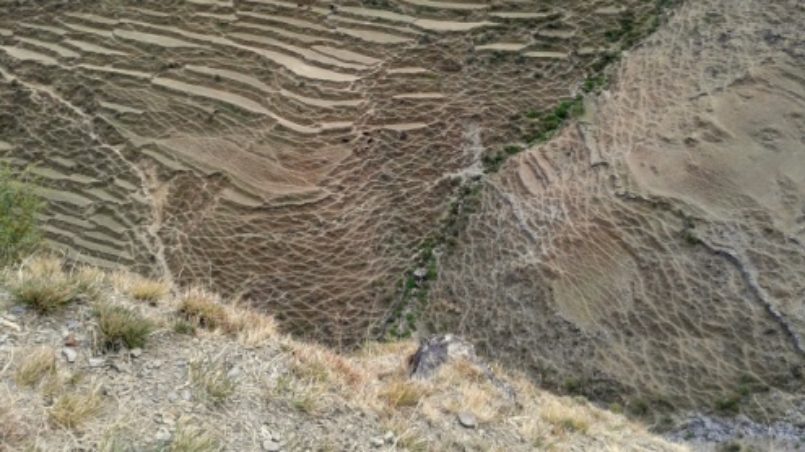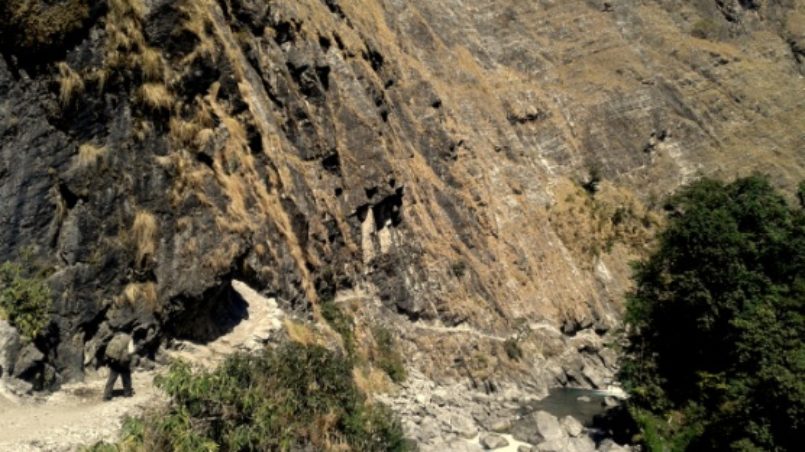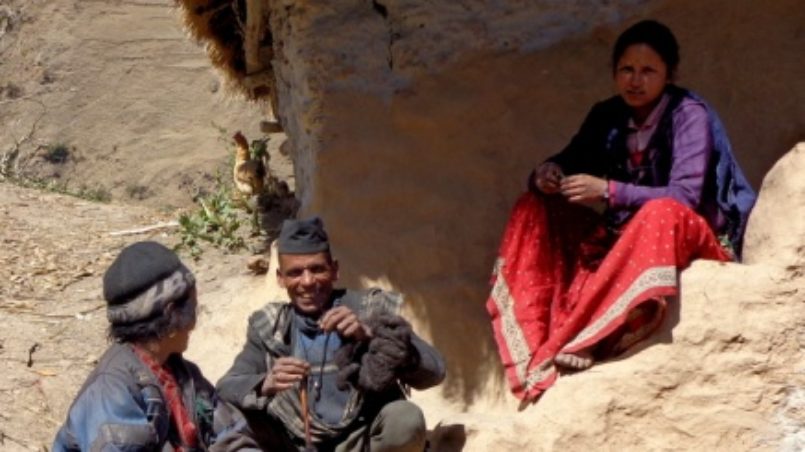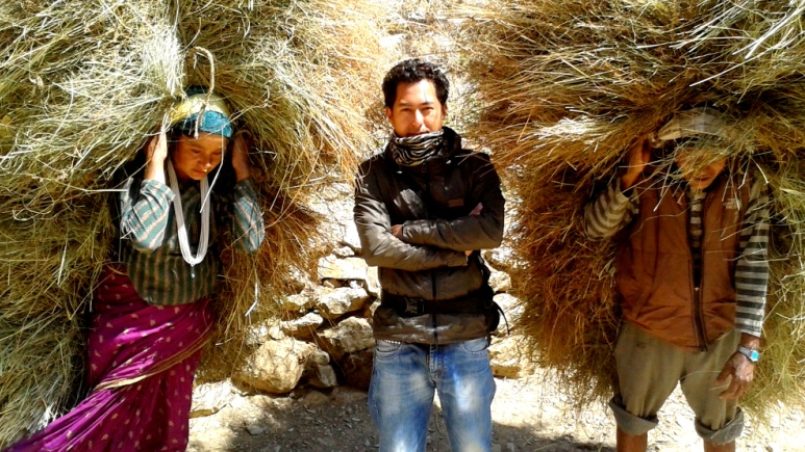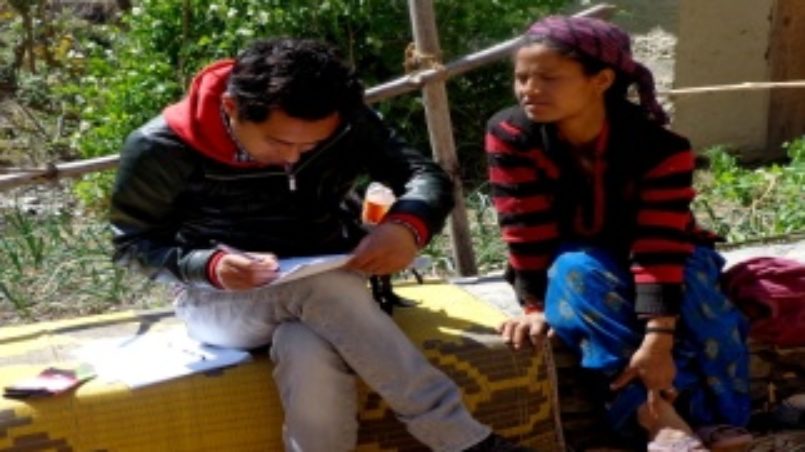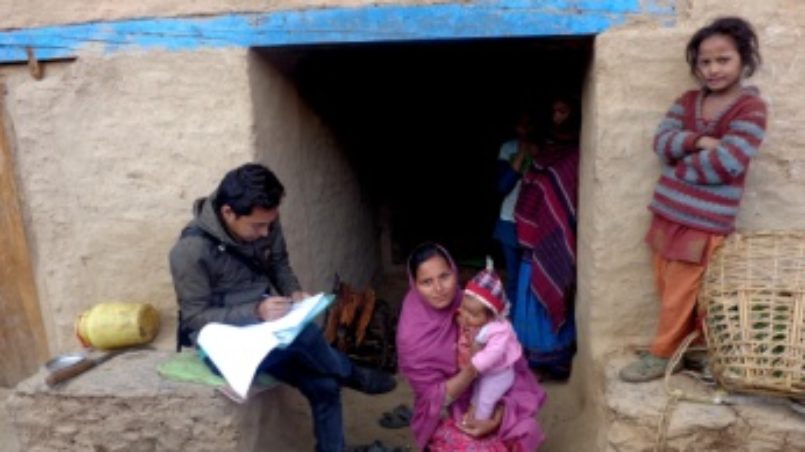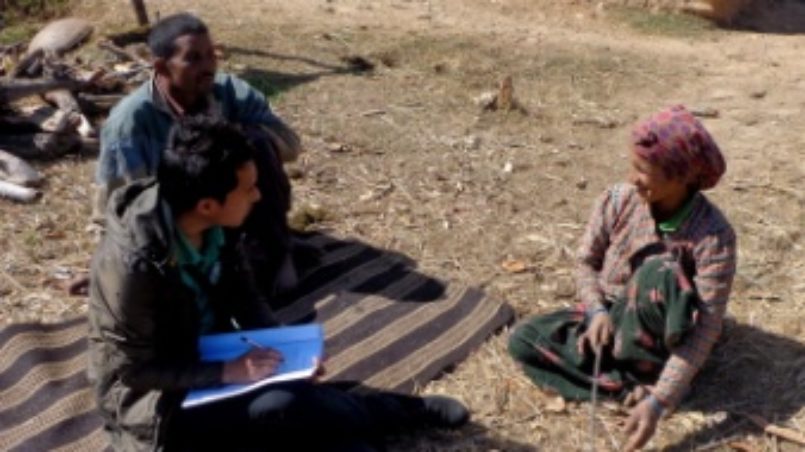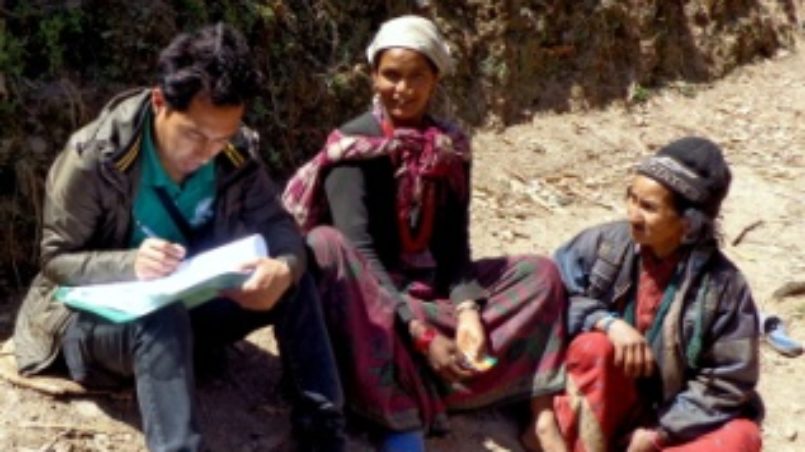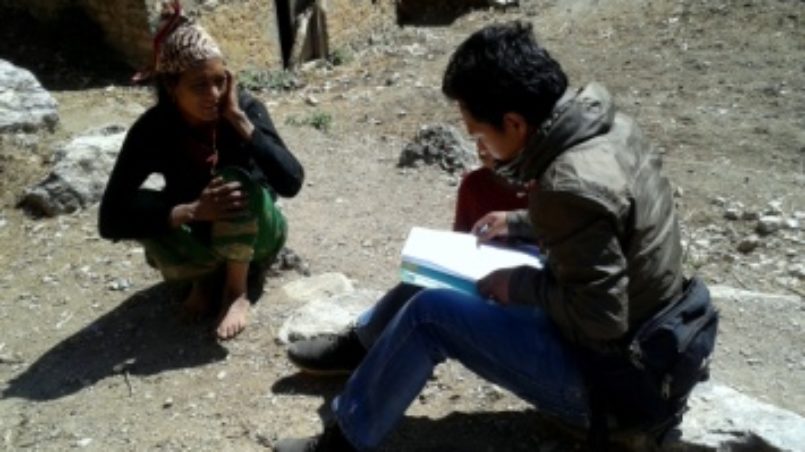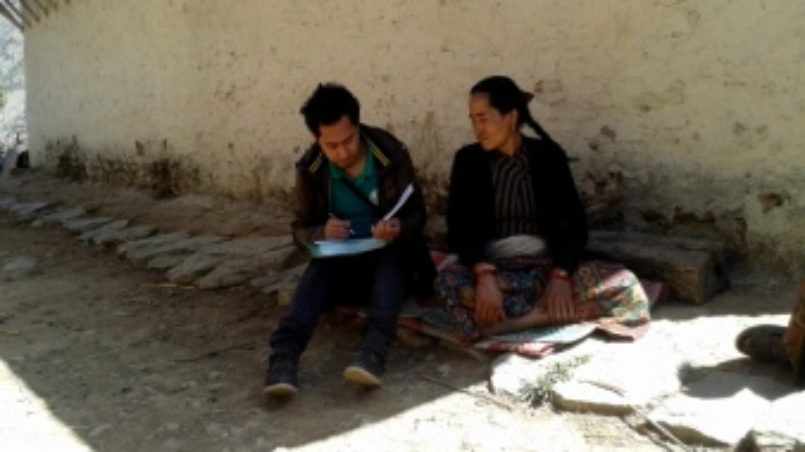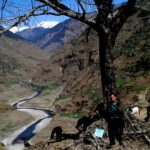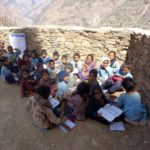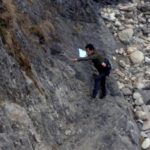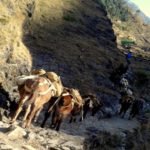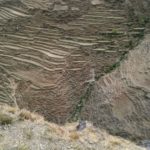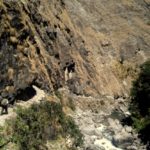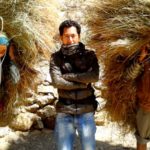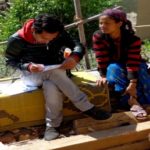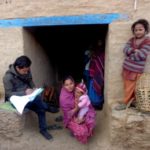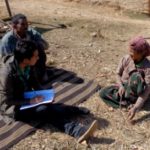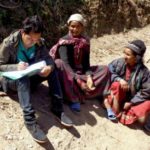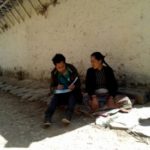Survey at Jajarkot
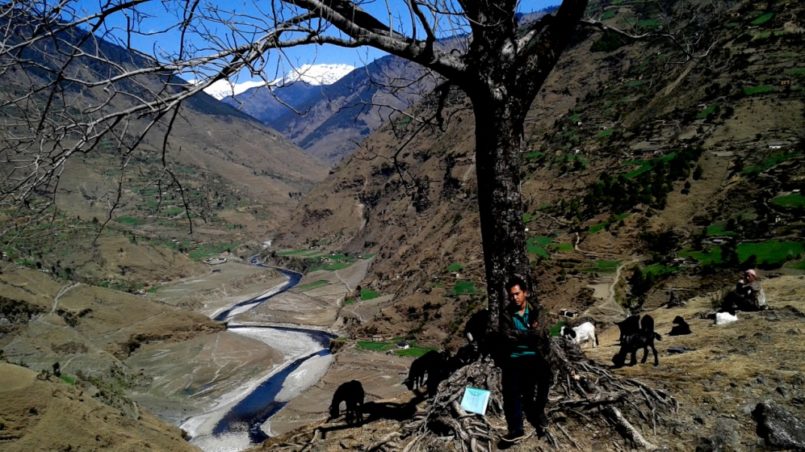
It is said that, “Mother and motherland are superior to heaven”. Regardless of how ugly, beautiful, poor or wealthy our mother and motherland are, we can never stop loving them. They are our first and most superior love by birth and this is a universal fact. Nobody can deny this and it applies to everything and everybody around this world.
Slowly and gradually after birth, everything starts to change, people start to grow old, changes take place in the lifestyles of people, in their choices, their interests, their attitudes, their customs, their traditions, but the only thing that remains constant in people’s lives is their love of their mother and motherland.
People from all walks of life do different things for the benefit of their mother and motherland. And so, as a son of my mother and a child of my motherland, I also wanted to make my own contribution and have been involved in the health sector of Nepal for two years. Let me tell you about one of my experiences…
In 2010, when I was in the first year of my Bachelor studies, there was a huge epidemic of diarrhoea in Jajarkot district and about 335 people lost their lives within three days and more than 30,000 were affected by the epidemic. This event touched me so much because some of my neighbours also lost their lives as a result of the epidemic.
Bearing these things in mind, I made myself a promise that, as soon as I completed my studies, I would conduct survey to find out how much the people living in one of the V.D.C.’s of Jajarkot actually knew about diarrhoea and its effects.
The study was carried out with 110 samples by using purposive sampling whereby an equal number of samples was selected from each ward of the Sakla V.D.C. The semi-structured questionnaires and the observation checklist were used as the tools to collect data and face-to-face interviews were conducted. Only respondents who were interested were included in the study and all ethical considerations were taken into account. The data was analysed by means of SPSS software.
While conducting the survey, I witnessed many things in the remote village areas of the Jajarkot district which are very difficult to share. People have a very difficult life in the Jajarkot district of Nepal.
It is very difficult for the people in Jajarkot to manage their food themselves. Due to the geographical location, there are not enough fields to cultivate and grow crops. People have to survive on the rice that is supplied by the Nepalese government via helicopter twice a year. Access by roads is impossible apart from in the headquarters of the Jajarkot district. Animals are only the means of transport to carry goods to and from the district.
Since most people in the Jajarkot district live at a higher altitude, there drinking water is a highly scarce commodity. The sanitation and hygiene conditions are so bad that they are beyond one’s imagination. The problem of malnutrition is also very severe in most of the remote areas of the Jajarkot district.
After the completion of the survey, it was found that approximately 36.4% of respondents were literate. Of these, only about 21.8% were engaged in any type of occupation and, of those who were, 79.2% were active in the agricultural sector.
Only 16.4% of the respondents purified water before drinking it and about 26.4% of the respondents had adequate knowledge of issues relating to water, sanitation and hygiene. From the survey, it was found that 30% of the respondents had tap water in their homes and only 16.4% of them purified water before consumption.
All of the sample under survey had a toilet in their home and 43.6% of them used soap and water to wash their hands. 50% of the respondents cut their nails once a week, 58.2% brushed their teeth once a day, 49.1% had a bath once a week and 24.55% had one once per month.
48.2% of the respondents had a clean front yard, 68.2% of them had a shed in their yard, 50.9% covered their food stuffs in their kitchens, and 54.5% covered their drinking water.
It was found that 33.6% of them disposed of waste from their homes, with 69.1% burning the waste and 30.9% burying it.
Although a majority of the respondents had heard about diarrhoea, one-fifth of them only had adequate knowledge of it. Similarly, although most respondents had heard about ORS, only one-third knew about the method to prepare ORS in their homes while one-fifth gave ORS to their children during the diarrhoea epidemic as the immediate response to diarrhoea.
Maintaining high standards of hygiene does not appear to be a top priority for people in the region with less than one-fifth of the respondents purifying water before consumption and only one-fifth having adequate knowledge regarding issues on sanitation and hygiene.
Because the knowledge about diarrhoea among the mothers was found to be poor, awareness could be raised via various mass media. In the same way various awareness programmes could be launched in order to increase the knowledge of mothers regarding issues on water, sanitation and hygiene. The health problems of the Jajarkot district of Nepal could be solved through intervention on both a national and international level.

